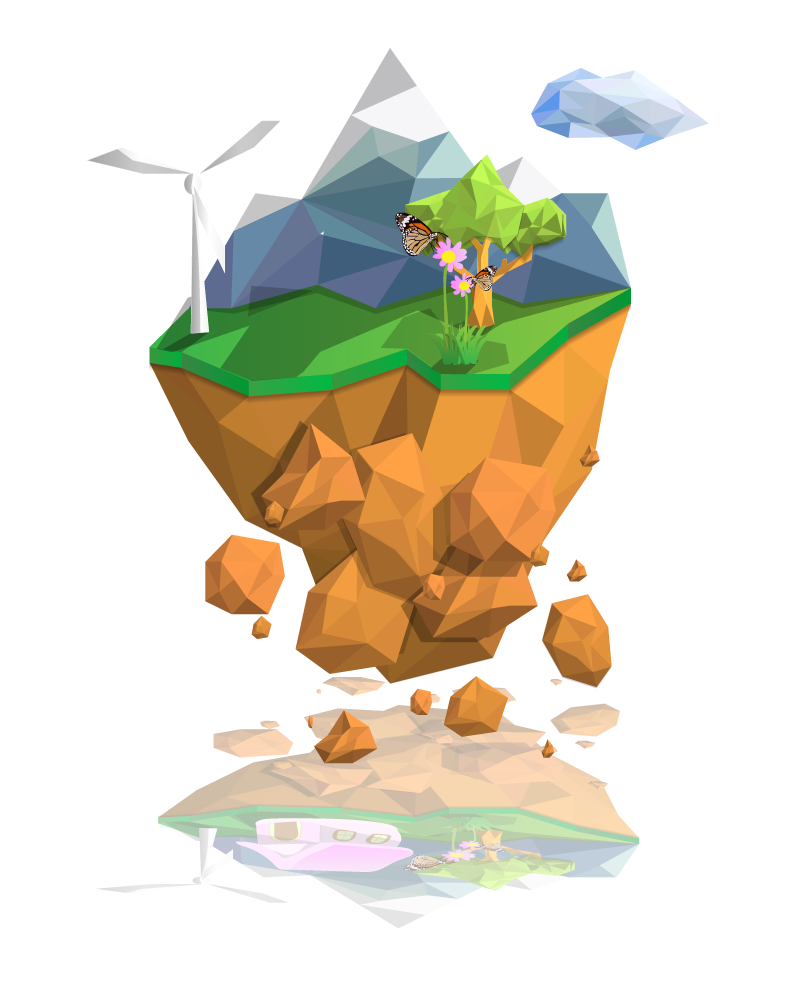Challenge #5:
The World of Quantum Computing
Awesome work peeps!
You are all cool cats for completing more than half of all the Future New Worlds Tour!!
We have added a mixed level for Challenge 5. You have the choice of an easy-peasy level or you can extend yourself to enter into the cool (as in actually cold❄️) new world of Quantum Computing. What does cold have to do with computers? Join up with our friends from Grok Academy for this unique virtual tour to discover just what that means!
>>>>> Innovation: powering future industries
Quantum computing is the latest innovation in computing. The classical computers we use such as your laptop or desktop computer all operate on a central processing unit (CPU). These processing systems require transistors and use binary numbers.
Qubits are the basic unit of information in quantum computing. Qubits can represent 0 and 1 simultaneously
Power increases exponentially with the number of qubits
Quantum computers have high error rates and need to be kept ULTRA cold
They’re well suited to complex tasks such as data analysis simulations and optimization problems
Quantum Computing vs Classical Computing
A binary bit is the basic unit of information in classical (or traditional) computing. It is either 0 or 1 (binary)
Power increases on a 1:1 relationship with the number of transistors the computer has in its CPU
Classical computers have low error rates and operate at room temperature
They’re best to handle everyday processing needs
Interesting points of interest:
Australia is developing quantum computers which are stored at temperatures lower than outer space, such as 3 Kelvin!
Quantum computers are important is because they can help humans solve very complex and tricky problems that have an extraordinarily large number of variables and potential outcomes much faster than classical computers. 😮
Quantum computers can solve problems that would usually take thousands of years to solve. This can be done in a matter of hours. Wow! 🤯
Quantum computers can help us, for example, with health and pharma breakthroughs, climate change and other pressing issues that we need to solve as quickly as possible.
Hopefully this is good news to save our Earth 💚🌏💚

>>>>> Challenge #5: Something fun for everyone!
You have a choice in this challenge that suits your level of ability or interest. You can even do both if you like 😊
● Activity 1: Binary Name Bracelets
● Activity 2: Grok Quantum Computing Course Work
Activity 1: Binary Name Bracelets
Get creative! Make your very own binary name bracelet that spells out the first letter of your name using two types of coloured beads.
● Estimated time needed: 30 minutes
● Level: easy-peasy suitable for any age!
● Draw Prize: Grok branded stuff 😊
Materials
Two different coloured beads
String
Binary Letter Key (provided below)
Coloured pencils with approximately the same colours as the beads
Scissors or pre-cut string
Instructions
Step 1: prepare two different coloured beads.
Step 2: use the binary letter key below to find the first letter of your name.
Step 3: choose which colour will be zero (0) and which colour will be one (1). Go to the letter of your first name below. To help you, colour over the zeroes (0) with the your zero (0)) colour choice and then colour over the ones (1) with your one (1) colour choice. Now you know the sequence of coloured beads for your bracelet.
Step 4: cut a piece of string about the size of your wrist. Add a few extra centimetres to the length of the string so that you can tie the bracelet onto your wrist. For example, if your wrist is 8 cm then cut enough string for 12 centimetres.
Step 5: To start the bracelet, at one end of the string, tie a knot big enough so the beads will stay on the string. Now put the coloured beads onto the string in the same sequence that you coloured over for your the first letter of your name using the key.
Step 6: Once you are satisfied with your work, tie the two ends of the string together to make a bracelet. Make sure you can slip the bracelet safely over your hand.
Step 7: Take a pic of your binary bracelet, along with your binary letter, and send it to us at hello@gdostem.com.au Remember to put Challenge #5 in the subject box! Now you are in the prize draw for this challenge 🙌🙌🙌

Letter Key
A 0 1 0 0 0 0 0 1 N 0 1 0 0 1 1 1 0
B 0 1 0 0 0 0 1 0 O 0 1 0 0 1 1 1 1
C 0 1 0 0 0 0 1 1 P 0 1 0 1 0 0 0 0
D 0 1 0 0 0 1 0 0 Q 0 1 0 1 0 0 0 1
E 0 1 0 0 0 1 0 1 R 0 1 0 1 0 0 1 0
F 0 1 0 0 0 1 1 0 S 0 1 0 1 0 0 1 1
G 0 1 0 0 0 1 1 1 T 0 1 0 1 0 1 0 0
H 0 1 0 0 1 0 0 0 U 0 1 0 1 0 1 0 1
I 0 1 0 0 1 0 0 1 V 0 1 0 1 0 1 1 0
J 0 1 0 0 1 0 1 0 W 0 1 0 1 0 1 1 1
K 0 1 0 0 1 0 1 1 X 0 1 0 1 1 0 0 0
L 0 1 0 0 1 1 0 0 Y 0 1 0 1 1 0 0 1
M 0 1 0 0 1 1 0 1 Z 0 1 0 1 1 0 1 0
Take home message
This activity demonstrates how computers use an on/off code to store information such as text, images and videos. Classical computers use a binary system of zeros and ones to do this. Each one or zero is called a bit, and a series of 8 bits is called a byte. One byte is used to code each letter of the alphabet.
What did you think?
How would you rate this activity ⭐⭐⭐⭐⭐
>>>>> Time Capsule ⏳
Save and share your work with us at hello@gdostem.com.au Remember to put Grok Challenge # 5 in the subject line. Once you’ve sent in your work, you’ll be entered into the draw for a Grok fun pack!!
Why not share with your peer network: friends, classmates, siblings!
Add in the date and advice to your future self!
Activity 2: Grok Quantum Computing Course Work
This activity contains more advanced course work that is recommended for those who are interested in learning about quantum computing and how to create a quantum computer. This activity also includes a virtual tour of the lab where quantum computers are made.
● Estimated time needed:a 2 hours
● Level: Advanced recommended for high schoolers
● Draw Prize: Grok branded stuff 😊
Materials:
● Device and access to the internet
● Click HERE for your free link to participate!
Instructions:
Step 1: click on the link above
Step 2: enrol as a Girls Day Out in STEM student. Select home school. Undertake the course work.
Step 3: share your work and send a copy to hello@gdostem.com.au Remember to put Grok Challenge #5 in the subject line!!
>>>>> Time Capsule ⏳
Save and share your work with us at hello@gdostem.com.au Remember to put Grok Challenge # 5 in the subject line. Once you’ve sent in your work, you’ll be entered into the draw for a Grok fun pack!!
Why not also share your work with your peers network: friends, classmates, siblings!
Add in the date and advice to your future self!

>>>>> Have your voice heard📣
Do you think this innovation, quantum computers, could help solve the climate crisis?
Your response: Yes / No
Grand Prize: 🏆
Remember if you complete all the challenges, you will be in the Grand Prize Draw for an iPad 10 (yellow, 264 GB with Wi-Fi) from our friends at Telstra!
Please note that the iPad does not come with a data plan, pre-paid plan or sim card.























